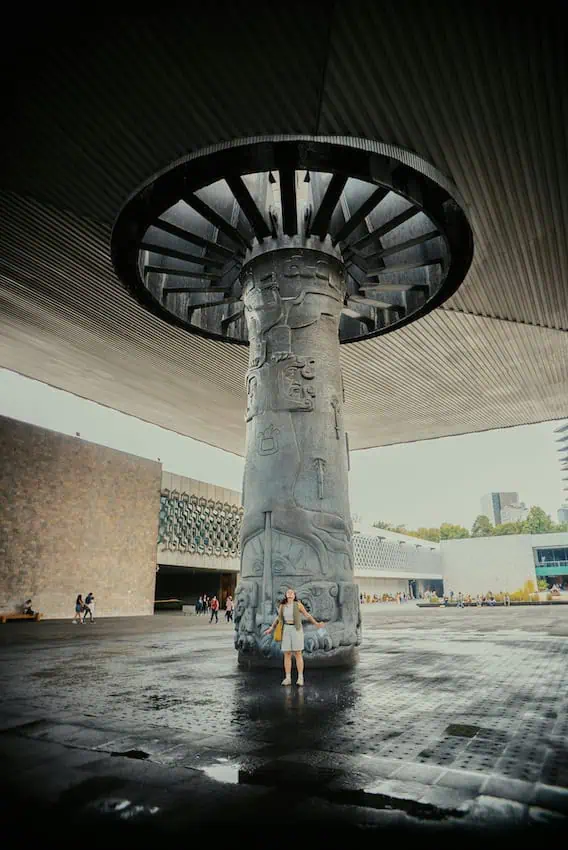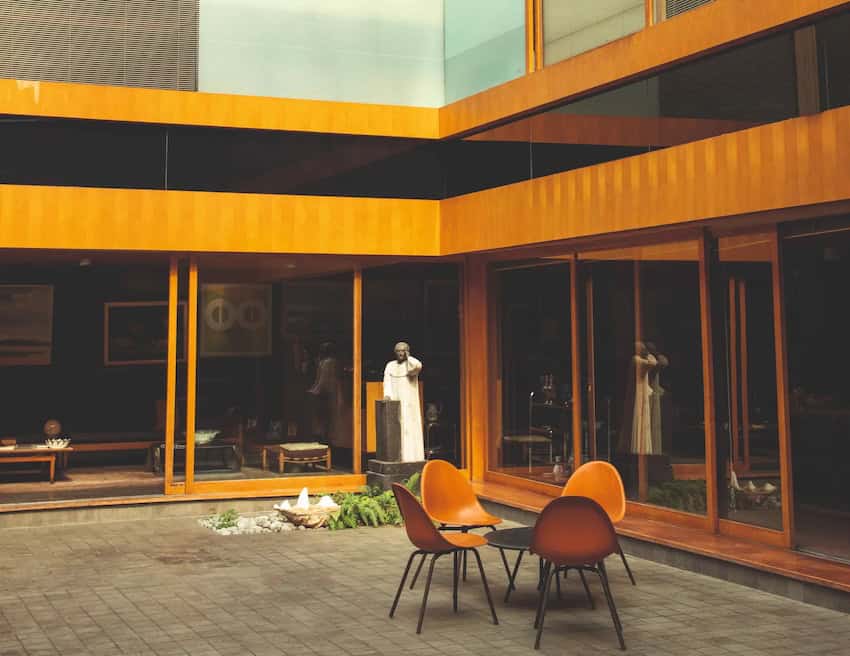What is the symbol of the 1968 Mexico City Olympic GamesIs the National Anthropology and History Museum and the Azteka Stadium common? They were all designed (at least partially) by Mexican architect Point Pedro Ramarez Vasuwes, a man responsible for modernizing Mexico.
First from the city of Mexico, Waswez designed the best modern monuments of Mexico in the 1960s and 1970s. His influence in modern Mexico is beyond his role as an architect – he served as a urban planner and a government official, and played a significant role in the country’s change towards modernity.
“It is not to take into account all the roles he played,” said Louis Castaceda, a professor of art history of the University of Cyracus. In the New York Times 2012 interview. “He is not creating samples or drawing maps; he is the one who received the commission from the president.”
Who is Point Pedro Ramarez Waswee?
Ramarez was born on April 16, 1919 in the months of the death of the Mexican Revolution. After graduating from Architecture at Mexico National Autonomous University (UNAM) in 1943, he became a professor of urban design and planning at the Architecture Faculty.
When Ramarez’s mentor, politician and intelligent Jaim Dorus Bodett became the Minister of Education, Ramirez was chosen to create a low -priced, low -cost for classrooms and teacher housing. This prototype has been used for decades for thousands of rural school sites.

He later held various teaching and public service positions throughout Mexico, founder and first recipient of the Universidat Autonoma Metropolitan (UAM). Ramirez served as the Minister of Human Residence and Public Works from 1976 to 1982 during the Jose Lopez Portilo government.
What did the Point Pedro Ramarez Waskex designed?
In 1962, Ramirez completed his excellent work: the National Anthropology and History Museum, President Adolbo Lopez Matos, appointed. The museum is renowned for its large water feature in the center of its esplanat, the lats that control the shades of light on the interior facade of the paused concrete and the interior of the rooms.

For more than six decades, Ramarez San Lazaro’s Assembly Palace built other significant identities such as the Basilica – the largest pilgrimage site of Quadalup – Mexico – and the National Headquarters of the Institute Revolutionary Party (which ruled Mexico from 1929 to 2000).
He also designed the logo for Televissa, the largest telecommunications company in Mexico.
Outside Mexico, he designed the International Olympic Committee headquarters headquarters in Lossan, Switzerland and Mexican Pavilions, many world exhibitions, Nubian Museum in Egypt, and our Quadalup’s church within the St. Peters Basilica in the City of Vatican.
His most unique project was his own home and studio, built in 1958 in the convenient Mexico city of El Petrigal. Located in the south of Mexico, the neighborhood was created by a famous architect sitting on a solid volcano field Louis Paragon. This is one of the most desirable areas of the capital to date.

With simple geometric buildings with flat roofs and natural materials, El Petrical Ramarez appeared to be a natural place to build his home. On one side of the property he created his studio, he was now filled with books, pre -Columbian statistics and painting of his 1968 Olympic logo. On the other hand he built his house where he died in his 94Th Birthday, April 16, 2013.
He participated as chairman of Mexico’s Olympic Committee
Ramarez presided over the creation of the largest and most effective grafic and advertising campaign in Mexico during his time as the chairman of the 1968 Olympic Games in Mexico.
“We had to show that we had the graphic language of contemporary communication and the cultural expression of Mexican.” He said in an interview with Kodico in 2008. “We know that language is not enough. We had to show (the image of Mexico as a modern country) with facts.”
However, despite the immense success of the design campaign, the image of Ramrez after he defended the Mexico government on the 1968 Dilatelco student massacre, which was exaggerated by the newspapers.
Although corrupt in his natural country, Ramarez continued to receive various great accolades such as the National Art Gift (1973) in Mexico (1973) and the International Olympic Committee (1996) in Atlanta (1996), Opras Semex (2003).
Dr. Honoris Gaza was named after several universities, including UNAM.
According to Gabriel A Mexican lawyer became a full -time writer. He was born and raised in Quadalajara and covers business, culture, lifestyle and journey daily for Mexico News. You can follow her lifestyle blog Tunas Y Palmaras.
(Tagstotranslate) 1968 Olympics (T) Architects (T) Mexican Architecture (T) National Museum of Anthropology (T) Pedro ramírez vázquez
Story Credit








